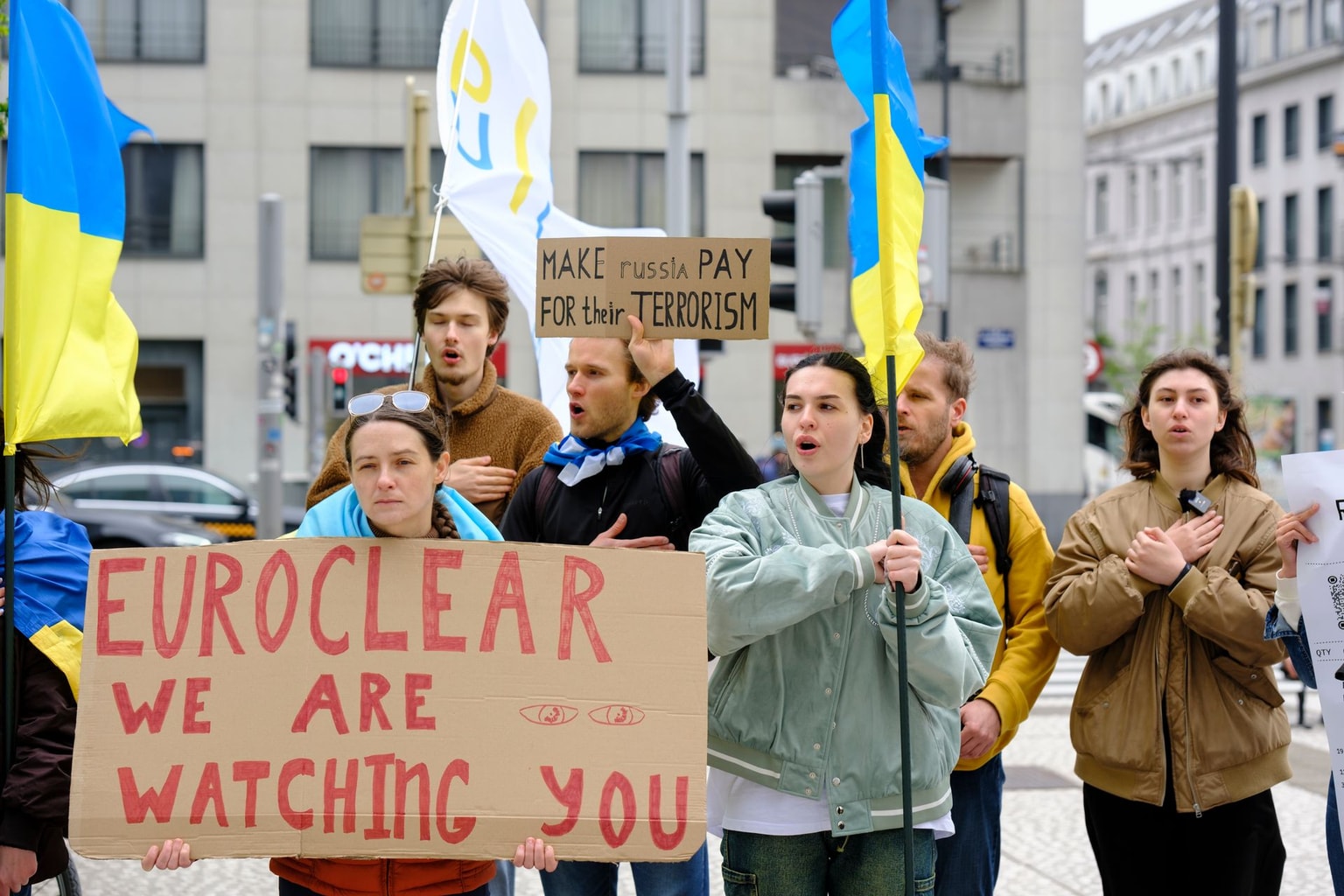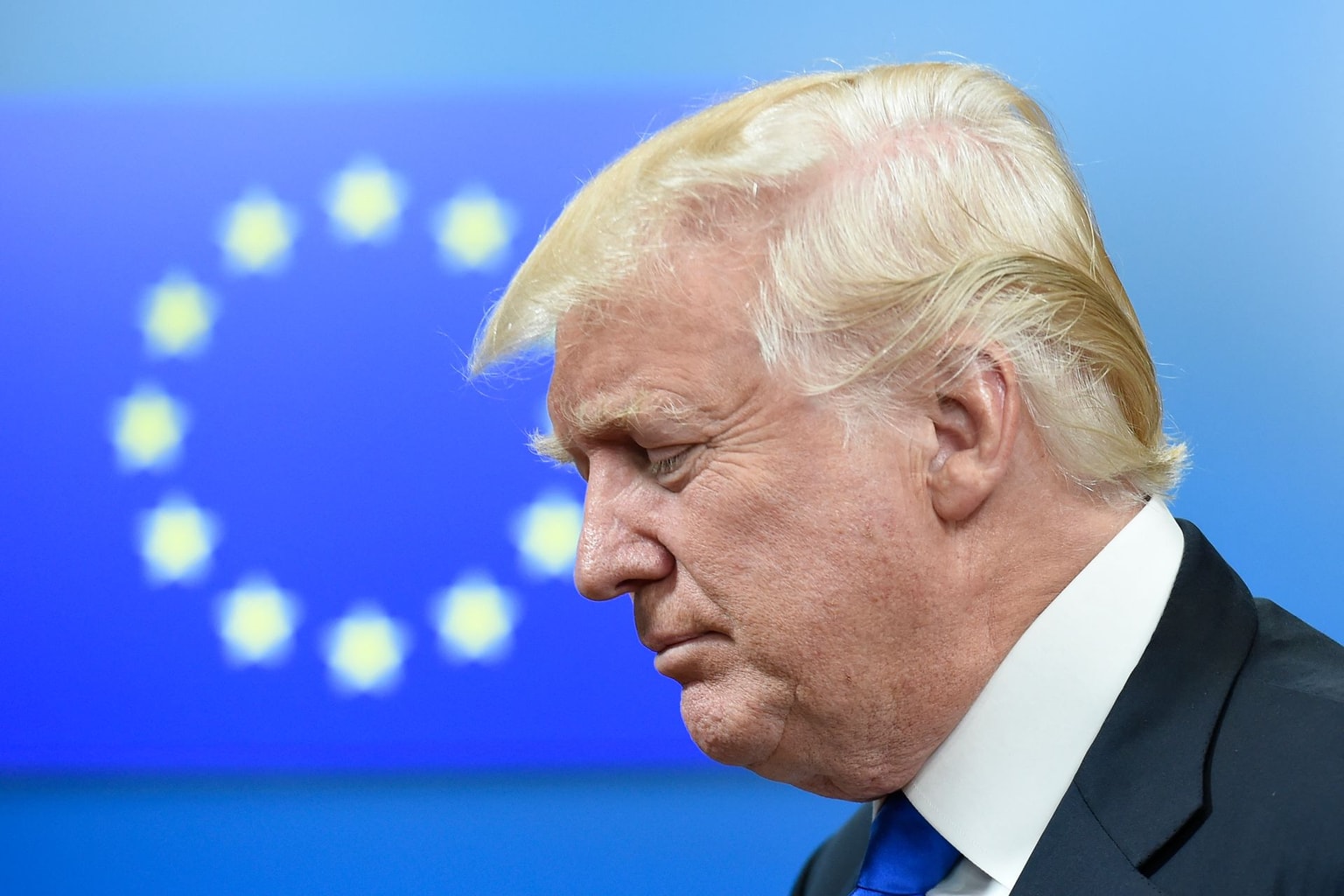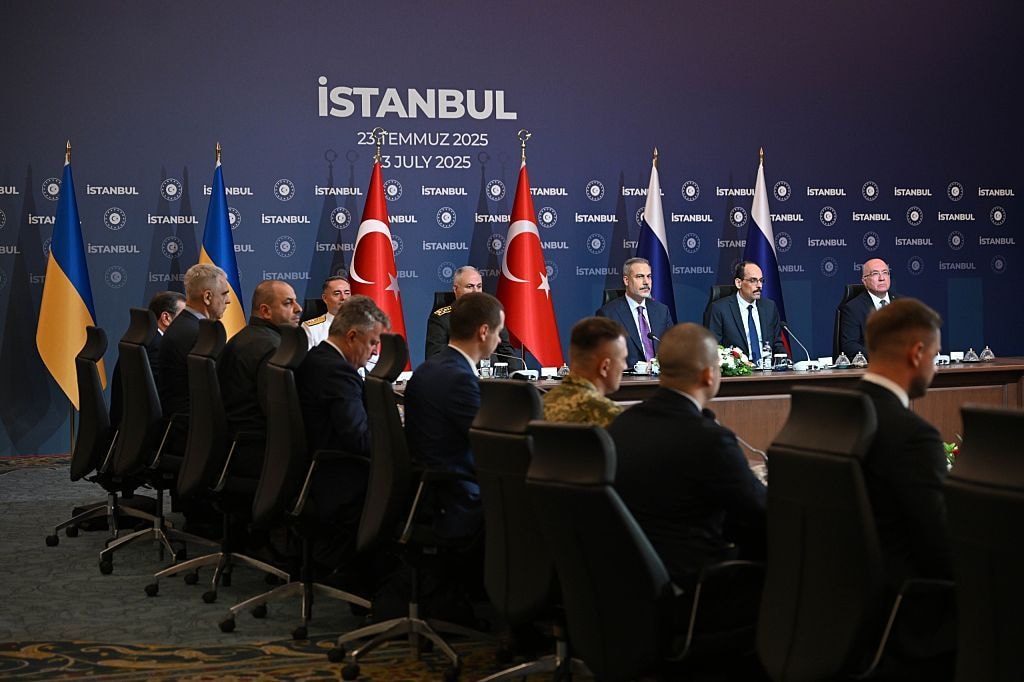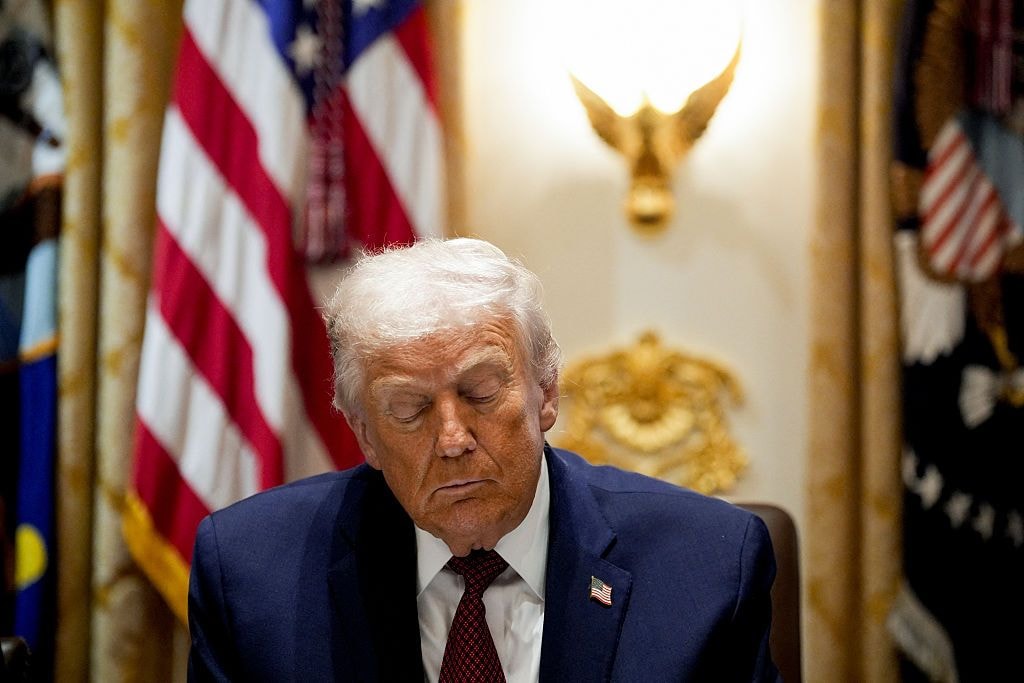EU, Ukraine move forward with new trade agreement, deepening ties
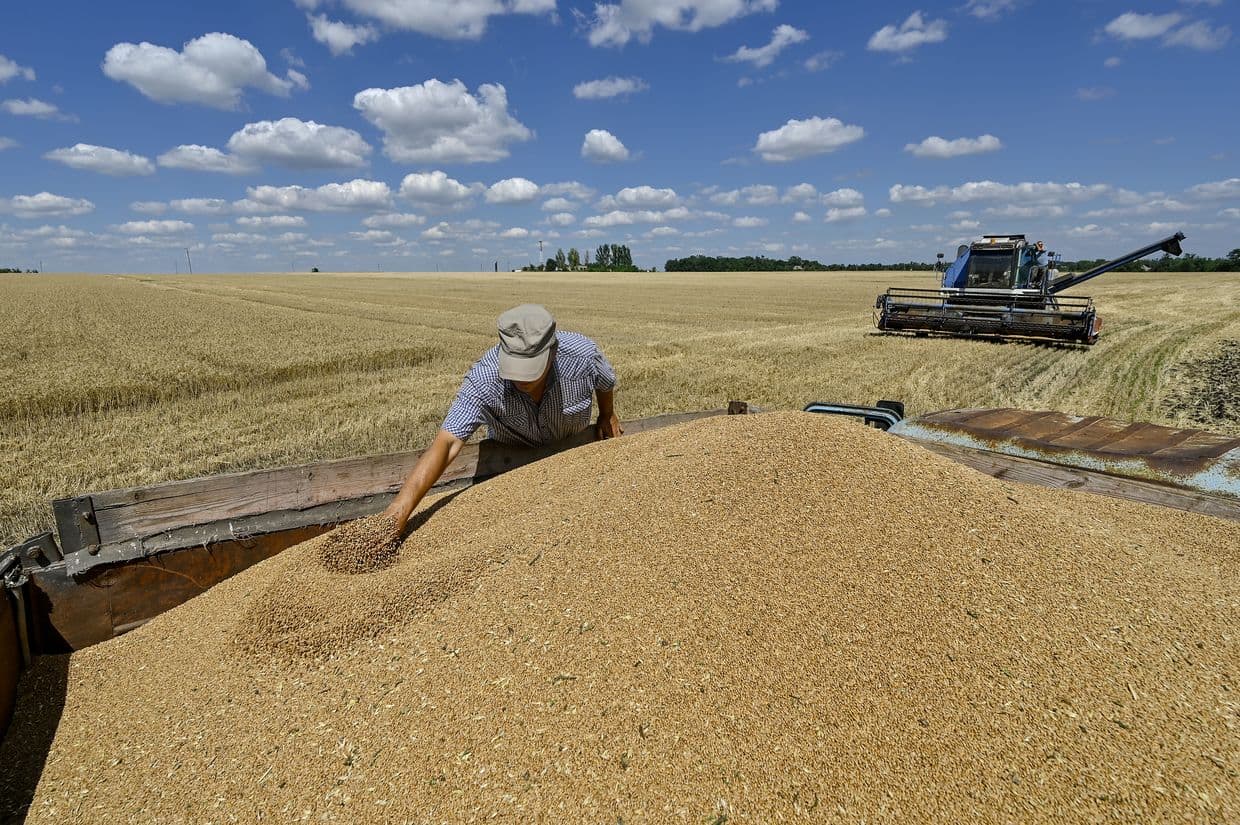
The European Council has agreed to reduce and eliminate duties on a range of Ukrainian agricultural products, paving the way for the first significant update to tariffs under an EU-Ukraine trade agreement since it was adopted in 2016.
The original agreement, known as the Deep and Comprehensive Free Trade Agreement, or DCFTA, cut most tariffs and aligned regulations with EU standards. But several Ukrainian agri-food products were subject to tariff-rate quotas — trade instruments that permit tariff-free imports of a product up to a certain limit.
The tariffs were abolished after Russia’s full-scale invasion in February 2022 to facilitate Ukraine’s agricultural exports, whose main trading routes through the Black Sea were blocked by Russia. The restrictions were reintroduced in June 2025, following pressure mainly from Poland and Hungary.
The planned changes approved today offer broader market access for Ukraine compared to the original DCFTA, but are more restrictive than the measures between June 2022 and June 2025.
"Today’s decision reaffirms the EU’s unwavering and multifaceted support for Ukraine, after three years of Russia’s unprovoked and unjustified military aggression," said Lars Lokke Rasmussen, foreign minister of Denmark, which currently holds the presidency of the European Council.
"Both the EU and Ukraine will benefit from the elimination of customs duties, leading to sustained economic stability, enduring trade relations, and further Ukrainian integration with the union," he said in a press release on Oct 13. 2025.
The approved changes to the trade agreement will now move to the EU-Ukraine Association Committee, which will make the final approval.
Unlike the unilateral abolishment of duties on Ukrainian products in June 2022, this agreement sees both sides make concessions. Ukraine will increase its tariff-free allowance for imports of European pork, poultry, and sugar, and will gradually reduce or eliminate remaining tariffs on imports from the EU.
On the EU side, 31 Ukrainian agri-products will face tariffs above a certain level, as opposed to 36 before under the original agreement. Of those 31, all but four have expanded limits — meaning they allow a greater quantity of the goods before tariffs are applied.
However, for several Ukrainian products, the new agreement imposes quotas lower than what Ukrainian producers exported when the measures were abolished between June 2022 and June 2025.
"For wheat, barley, poultry, honey, sugar, eggs, and apple juice, the new tariff-rate quotas are lower than what Ukrainian producers exported to the EU in 2024," Veronika Movchan, director at the Kyiv-based Institute for Economic Research and Policy Consulting (IER).
In 2024, Ukrainian exports of wheat were 6.4 million metric tons, but the new quotas will only allow for 1.3 million metric tons before tariffs are applied, according to a forthcoming IER report. Sugar exports were 320,000 metric tons in 2024, but the new quota is just 100,000.
"Additionally, the tariffs outside of the quota are so high that I would not expect exports above the quota specified for wheat, barley, and sugar," Movchan added.
The new agreement will form the basis of the trading relationship, which has been frequently fraught.
The abolishment of trade restrictions in 2022 caused an influx of Ukrainian agri-products into neighboring countries. Slovakia, Poland, and Hungary applied unilateral bans on some Ukrainian goods in September 2023, citing national security issues but defying EU trade rules, which allowed for the import of Ukrainian goods.
There were also protests and blockades led by farmers in neighboring countries against increased quantities of Ukrainian products in both 2023 and 2024.
"This agreement reflects well on Ukraine’s negotiating team, given the pressure from some neighboring countries on the European Commission," according to Svitlana Taran, policy analyst at the European Policy Center.
"Some neighbouring countries had suggested that the EU revert back to the previous DCFTA, or agree to smaller increases in the tariff-rate quota limits," she added.
The new agreement will be binding for at least three years, unlike the previous measures, which were renewed every year.
"This agreement is a step forward in Ukraine’s access to the EU market, and demonstrates that Ukraine is aiming for membership sooner, rather than later," Movchan added.
The modified agreement provides for greater trade liberalization in three years, conditional on Ukraine’s progress on legal harmonization with the EU.


